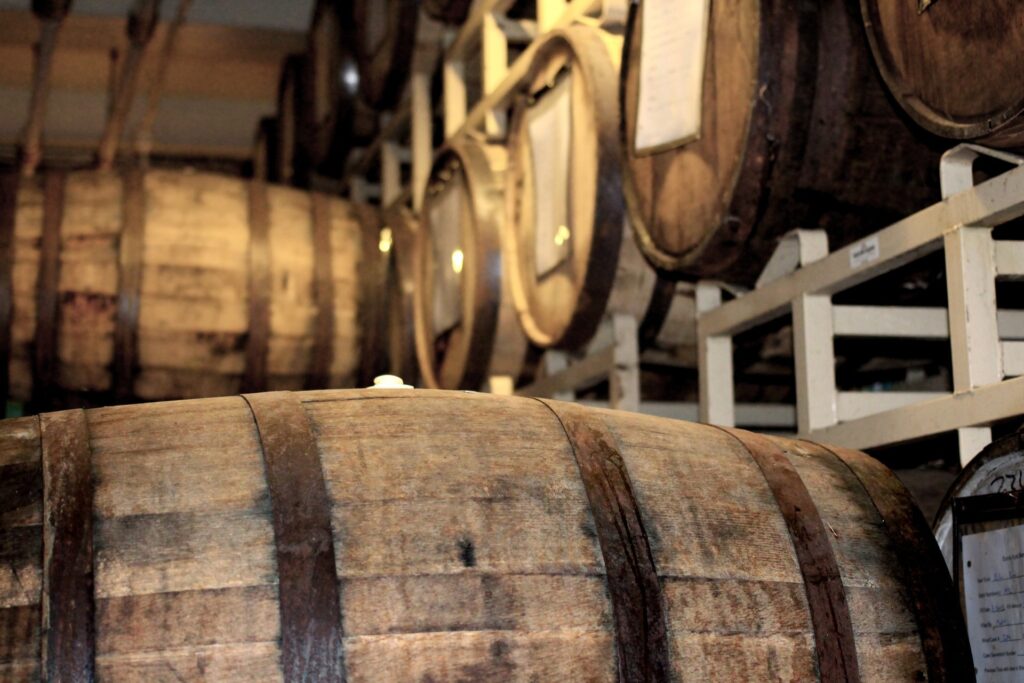Scotch whisky is an iconic and celebrated spirit worldwide, renowned for its complex and unique flavors. One of the key elements that contribute to the rich and varied tastes of Scotch whisky is the role of casks in the production and aging process.
Casks are an essential component of Scotch whisky production, as they have a significant impact on the final flavor and aroma of the spirit. In this article, we will explore the different types of casks used in Scotch whisky production, their influence on the aging process, and how they contribute to the character and complexity of the finished product.
Types of Casks
Traditionally, Scotch whisky is aged in oak casks, which are sourced from a variety of countries and regions, including America, Spain, and France. These casks are typically made from Quercus alba or white oak, which is known for its tight grain and porous structure, making it ideal for the aging of whisky.
The type of oak used in the cask has a significant impact on the final flavor and aroma of the whisky. For example, American oak casks are often used to age bourbon and are known for their strong vanilla and caramel flavors, which can be imparted to the whisky during aging. Similarly, European oak casks are often used to age sherry and can contribute fruity and spicy notes to the final product.
In addition to the type of oak used, the size and shape of the cask also play a significant role in the aging process. Scotch whisky must be aged for a minimum of three years, but most whisky is aged for much longer. During this time, the whisky interacts with the wood of the cask, which contributes to its flavor and aroma.
Aging Process
When the whisky is first placed in the cask, it is clear and colorless. Over time, the whisky begins to take on the color and flavor of the wood. This process is known as maturation and is influenced by a variety of factors, including the type of cask, the age of the cask, and the temperature and humidity of the warehouse where the whisky is stored.
During maturation, the whisky absorbs flavors and aromas from the wood, which are then released into the liquid. This process is facilitated by the expansion and contraction of the cask due to changes in temperature and humidity. The expansion and contraction of the wood cause the whisky to move in and out of the wood, which contributes to the complexity and depth of the final product.
Contribution to Flavor and Aroma
The influence of the cask on the final flavor and aroma of the whisky is significant. As mentioned earlier, the type of oak used in the cask can contribute flavors and aromas such as vanilla, caramel, fruit, and spice. The age of the cask also plays a role, as older casks tend to impart subtler flavors and aromas, while newer casks can contribute stronger and more assertive notes.
In addition to the type and age of the cask, the location and environment in which the cask was stored can also have an impact on the final flavor and aroma of the whisky. For example, casks stored in damp environments may produce whisky with a stronger sherry flavor, while casks stored in dry environments may produce whisky with a stronger oak flavor.
Final Thoughts
Casks are a crucial element of Scotch whisky production, contributing significantly to the final flavor and aroma of the spirit. The type, age, and location of the cask all play a role in the aging process, resulting in a complex and unique product that is prized around the world. Understanding the role of casks in Scotch whisky production is essential for anyone who wants to appreciate the richness and complexity of this iconic spirit.
